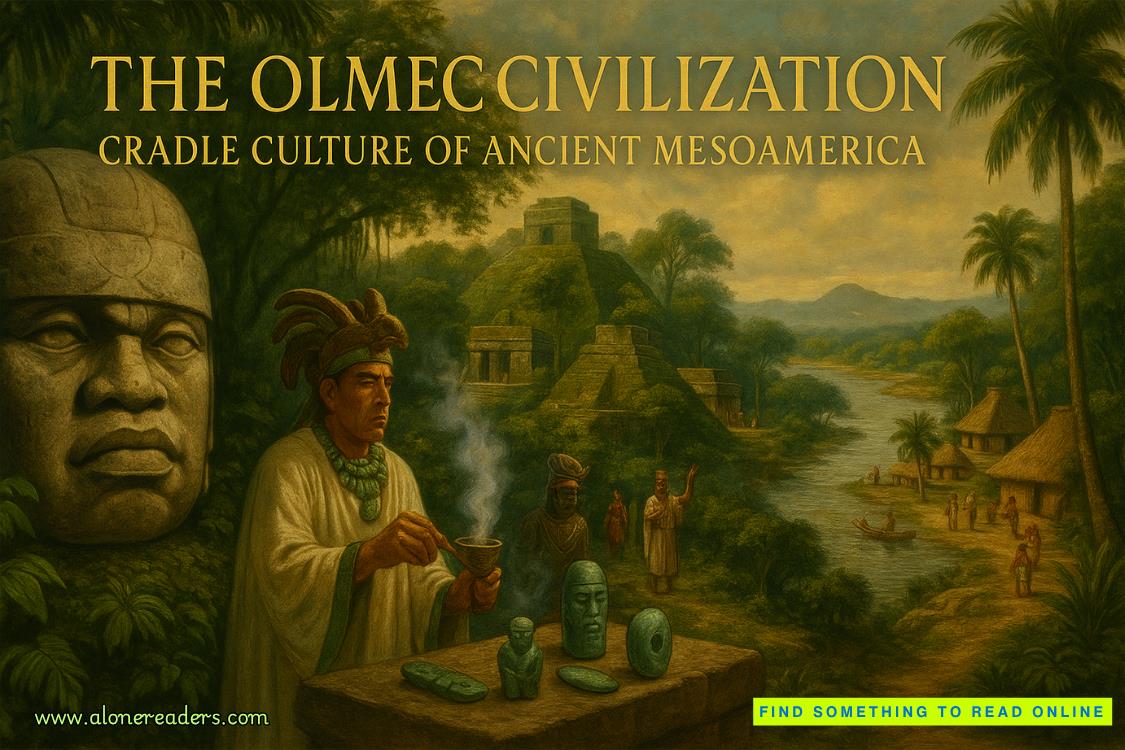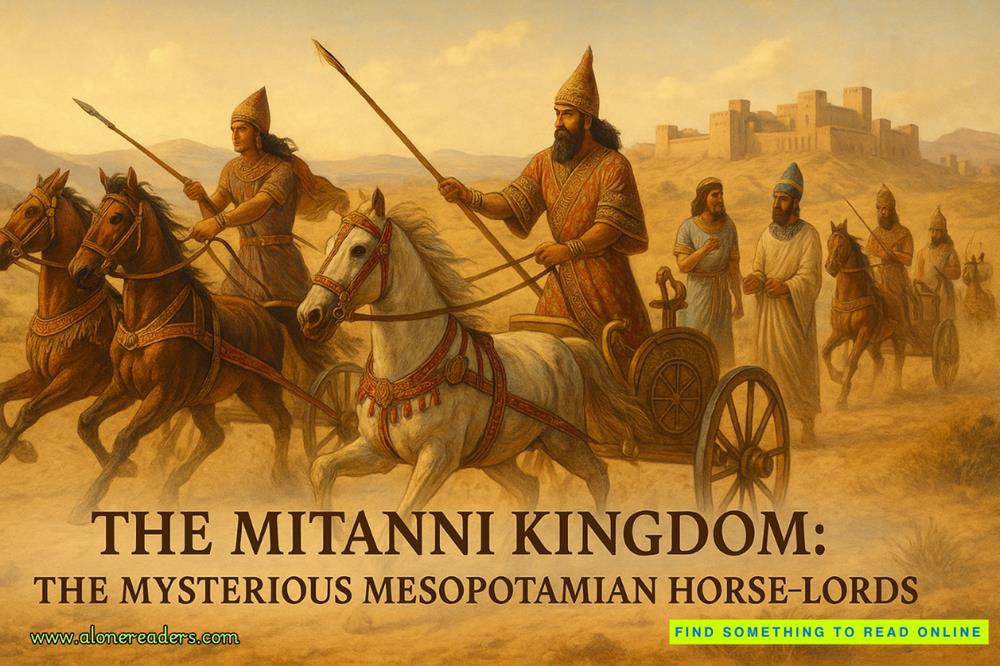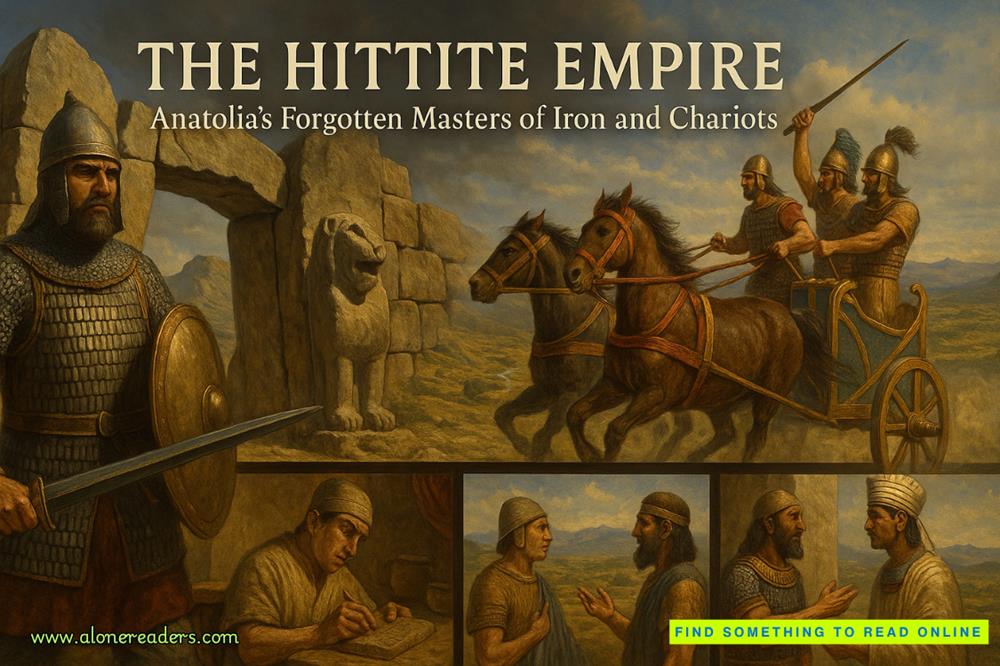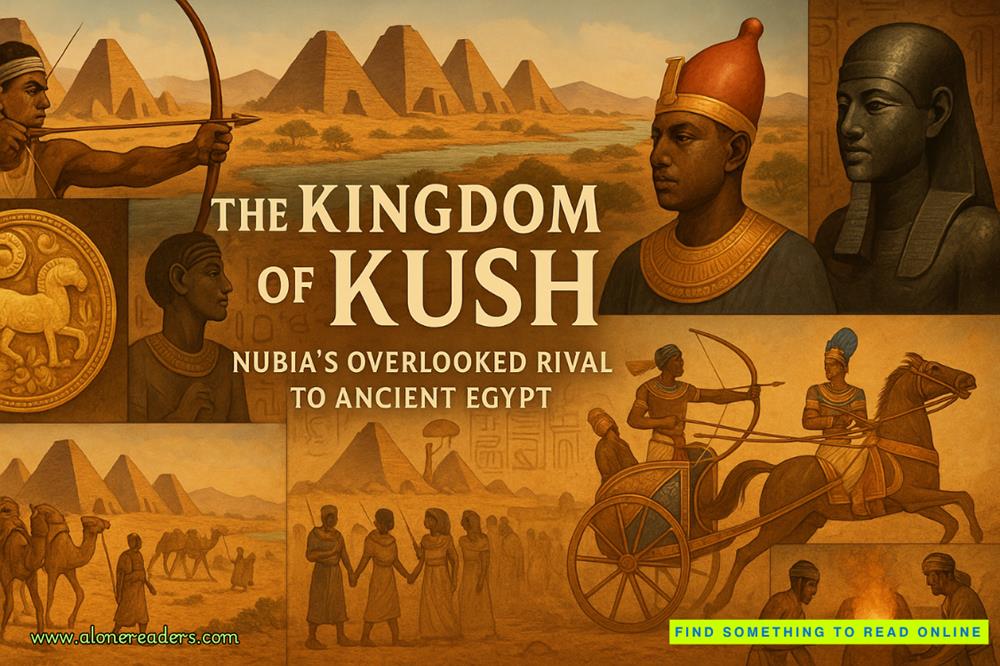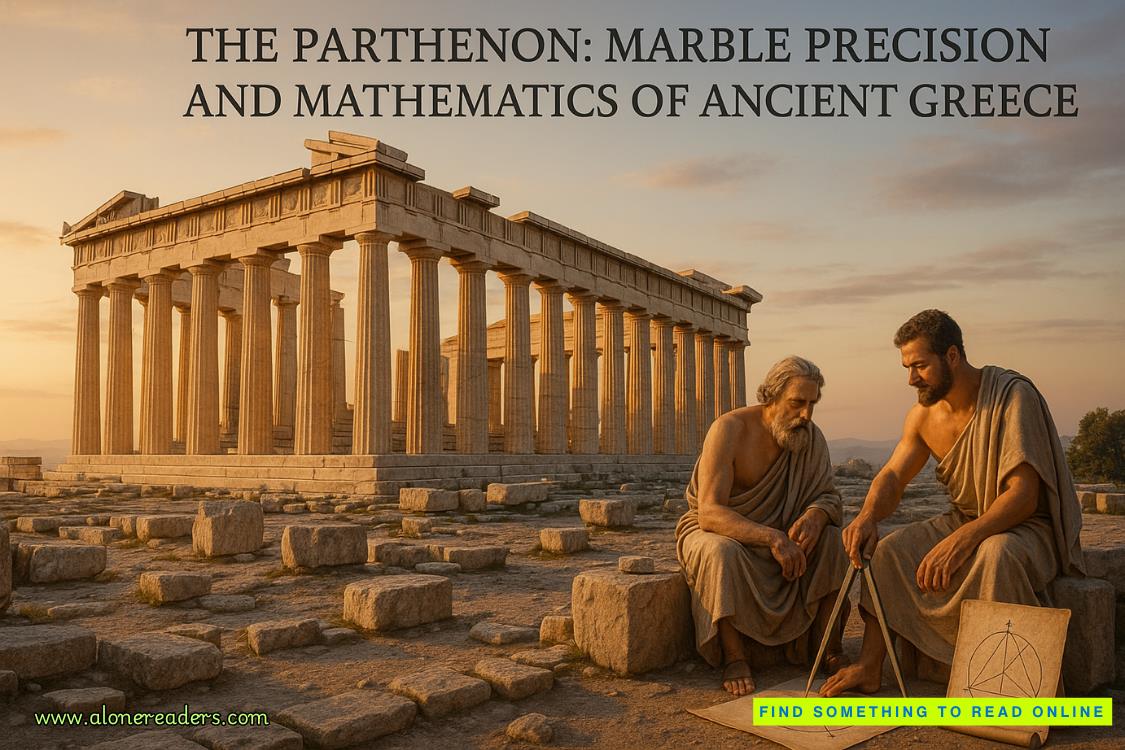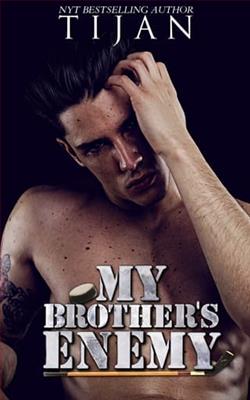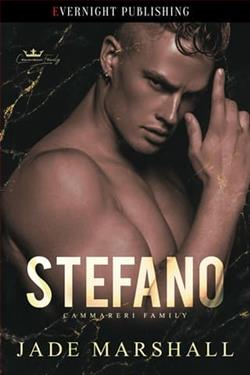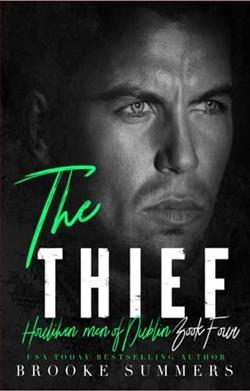Page 5 of You Can't Hurt Me
“Is it naturally red or do you dye it?”
“Oh, it’s natural.”
He peers more closely at me as we walk, and for a brief second I think he’s about to pick up a strand of my hair and roll it between his fingertips.
“Redheads generally tend to be more sensitive to pain,” he says, looking at me thoughtfully. “Although their pain threshold can be impressively high. I’m doing a study on it, and these tests will provide valuable data.”
“Well. Glad you’re getting some use out of me,” I say dryly, which he doesn’t seem to register.
We reach a set of stairs that take us down into a maze of corridors. Exposed steel pipes run along the low ceilings. The doors ahead of us are molded aluminum with small glass portholes, like the bowels of a wartime submarine.
He stops under a sign that reads Strictly No Entry, and below that I notice someone has scrawled No Pain, No Gain in black marker pen.
“You should put that on a T-shirt.”
“One of my hilarious students.” He rolls his eyes, pressing a small buzzer next to the door. “Welcome to my lab,” he says, and I follow him inside.
4
The room is saturated in a pale blue fluorescent glow. Machines blink and bleep. Behind a glass screen at one end there is a bank of computers and, in the middle, a large hollow cylinder with a motorized bed poised to glide inside it.
“Please, do sit down,” he says as I glance anxiously at the MRI scanner.
One of the researchers hovers at his elbow, brisk and efficient, and asks me to roll my sleeve up, smears some gel on my arm. Dr. Reid sits on a chair next to me. There’s an acuity in his gaze, a focused energy about him that unnerves me. I’m experienced, I remind myself, prepared to the very last detail. Yet, for once, my preparation rituals haven’t quite worked their magic.
“Okay, so I hope I can give you a little insight today into what we’re doing here at the Rosen.”
“Right,” I say crisply, trying to avoid looking at the gleaming instruments neatly lined up on the trolley next to him. There are fine needles of varying sizes, tweezers, pincers, forceps, tubes of gel and a metal box attached to two electrodes. As a couple of other researchers flit in and out of the lab room, his hand hovers over the tools, as if unsure which to select first. My instinct is to keep him talking.
“And what exactly are you trying to find out?”
“For us neuroscientists, pain always presents an intractable problem. It’s a universal experience, one that creates misery for millions of sufferers. It’s also utterly private, in that only you’re going through it. A bit like dying,” he muses. “Nearly all people feel pain. Yet we still struggle to describe it, words often run out, as you’ll discover.”
I grimace. He smiles.
“So,” he continues. “How can we treat a patient who’s unable to define what they’re feeling? What we need is measurable data. When I inflict a unit of pain on you, I can see exactly how your brain reacts and I can give that a measurement. This creates data. And data is hope.” He pauses for effect. “The hope of easier diagnosis and more effective treatments.”
“Sure,” I nod, wondering when the longest needle is going to come into play.
Nate hesitates, grins briefly as he sits back. “Sorry, you’ve got me on my favorite subject and we should be focusing on you. I’d like to ask a few questions too before we start. You do bruise quite easily, don’t you?”
His gaze shifts as it travels down my bare legs, settling on the mauve crescent rising above my left knee, and I swallow, reflexively tugging at the edge of my skirt.
“Corner of the kitchen table yesterday. Yes. Very easily.”
“Tell me about the last time you were in real pain. The symptoms, how it felt.”
“Well, I suppose last year...”
“Describe it to me.”
“How to describe the pain.” I sigh, finding myself strangely inarticulate. All his assumptions coming true. “I guess my mind goes blank when I try to think of the right words. I cut my finger. Badly. I was slicing garlic.”
He waits for me to carry on. I take a deep breath, wincing at the memory, particularly the phone call last year that preceded it. Where do I start? If Dr. Reid really wants to hear about pain, we could be here all day.
It was a silly argument with my brother. Tony had wanted to meet my new boyfriend, Dan, and I had been putting it off, pretending I was busy. He had even suggested a double-date with whoever his newest girlfriend happened to be. I had refused, instantly hurting his feelings. “But why not? We always have fun together,” he had reproached me gently. “And it’s what Mom would’ve wanted. I’m here to protect you. It’ll be fun.”
After the call I had felt distracted by the usual cocktail of emotions Tony provoked in me, irritation, guilt, regret over hurting him. I peeled off the pink papery skin of the garlic, tipped back a glass of wine, angling an oversized knife through the small kernel. Why can’t I be a more decent sister? Another gulp of wine. Another slice. Then the slip, a cut that was deeper than a usual knick. I think about that exquisite hiatus, less than a second or so, between the act of harm and its effect. How do you tell a pain expert that on this particular occasion the sensation was weirdly satisfying, clean and uncomplicated, obliterating everything that came before?
